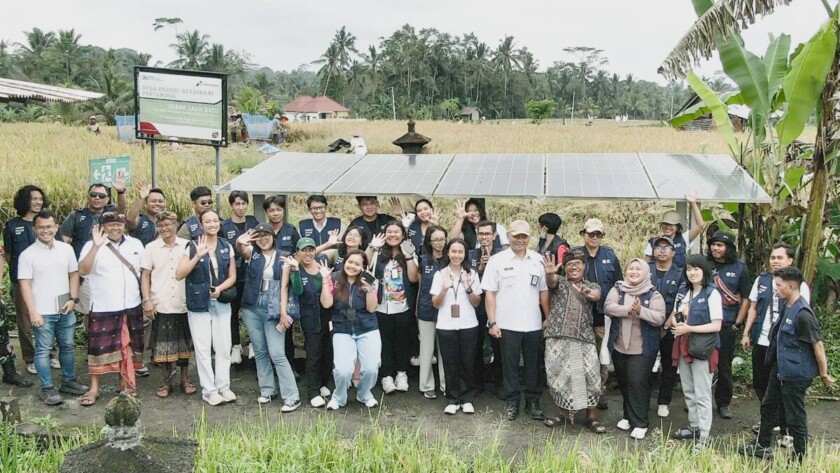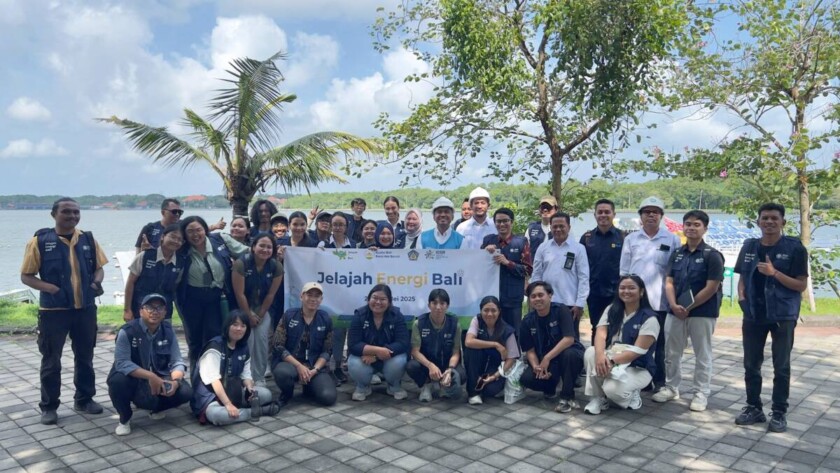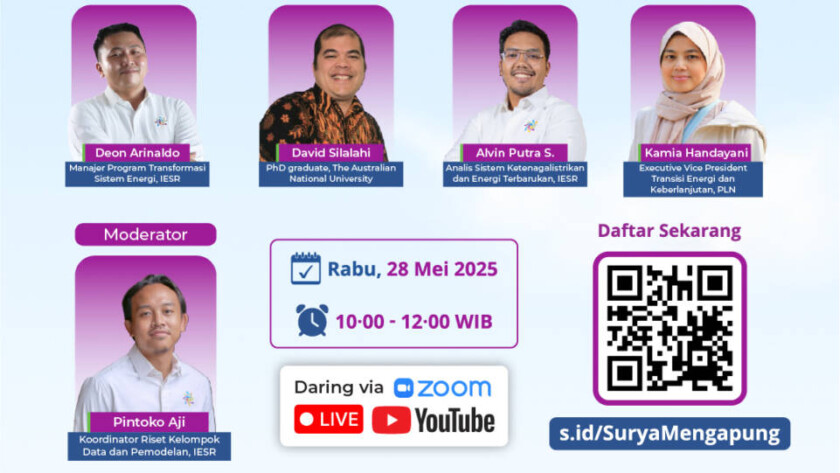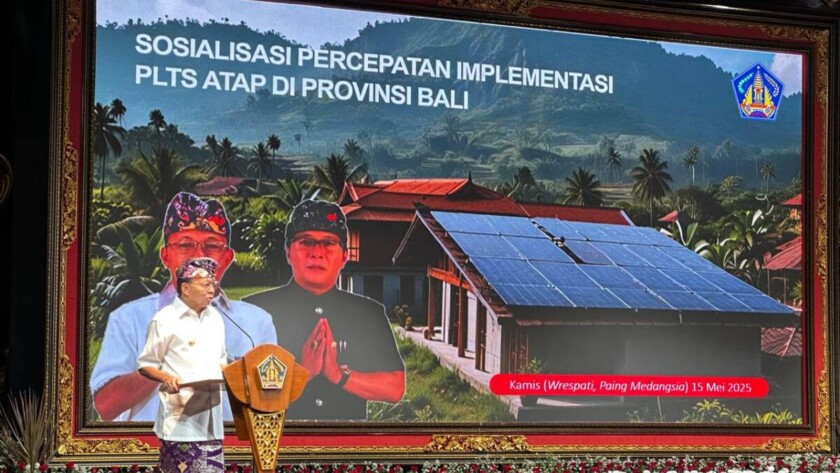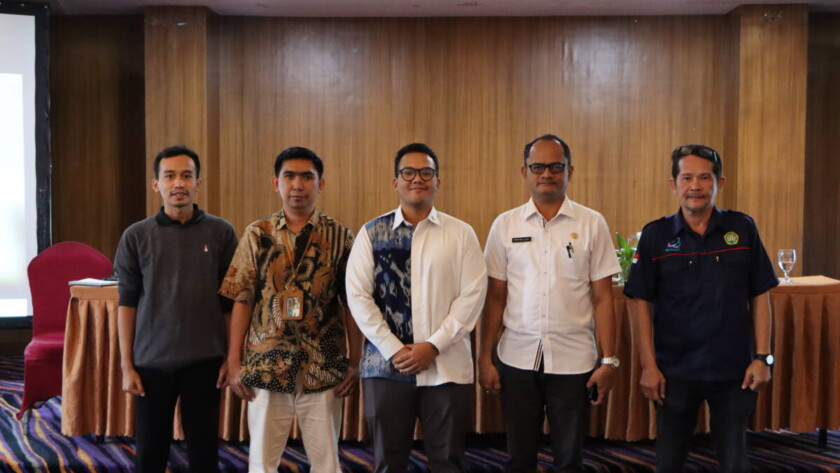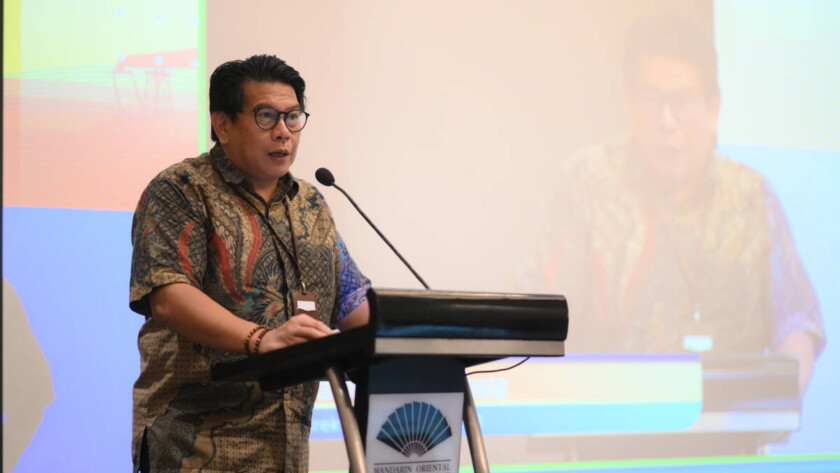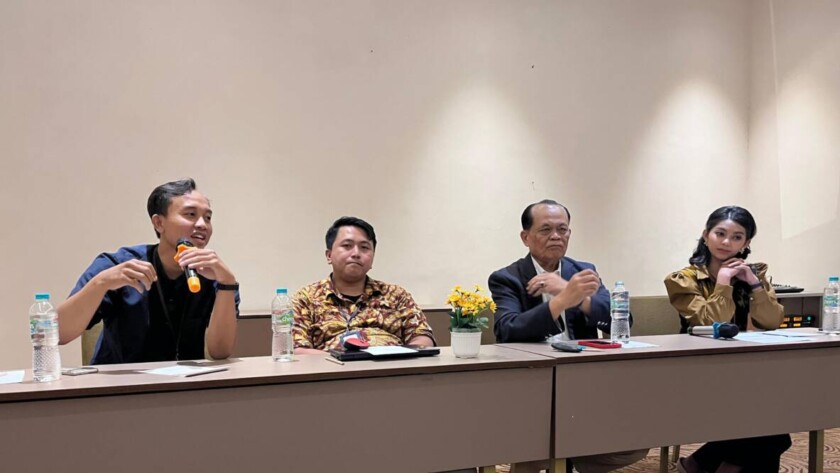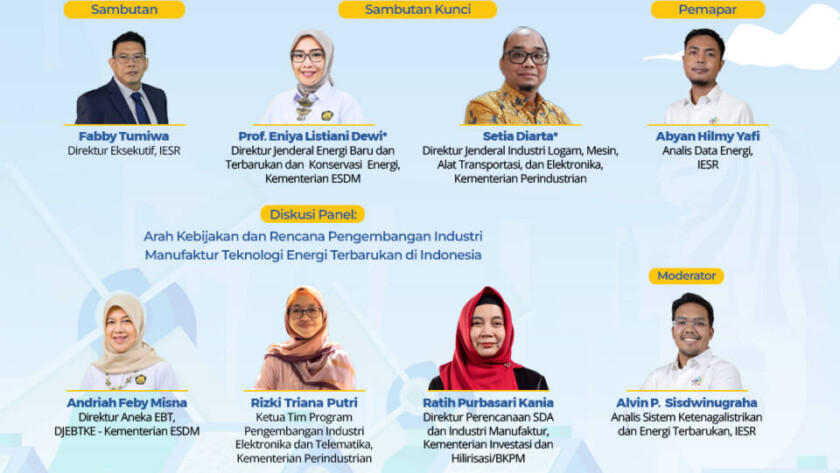Gianyar, May 21, 2025 – The development of renewable energy has become a crucial step in Bali’s commitment to achieving net zero emissions (NZE) by 2045. Long celebrated for its natural beauty and rich culture, the Island of the Gods is now transforming into a pioneer of clean energy transition in Indonesia. The growing urgency…
